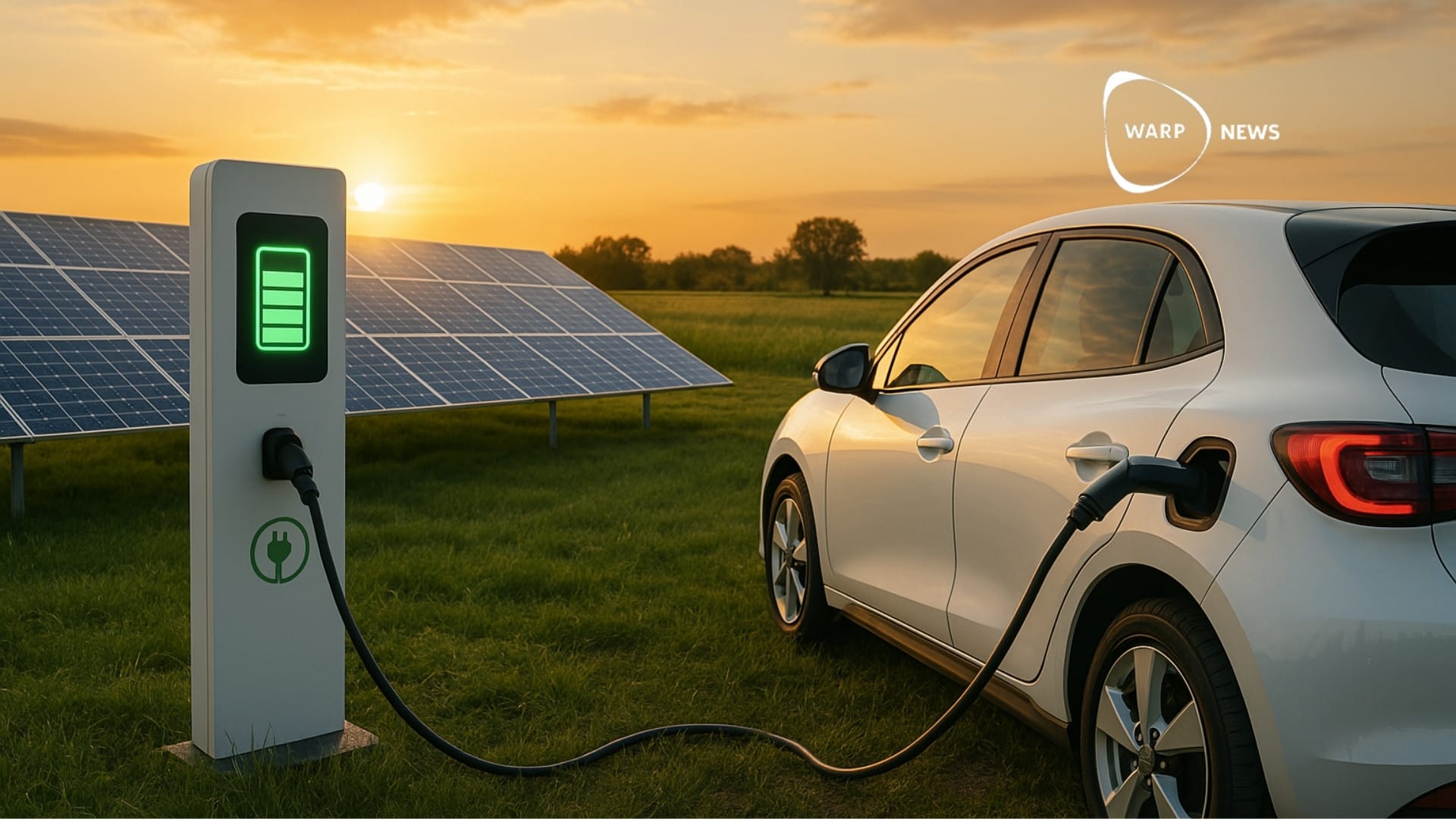
🌾 Solar panels harness the full light spectrum to improve crop yields
A new study from the University of California suggests that using the full light spectrum can benefit both solar energy production and crop yield.
Share this story!
According to a new study from the University of California, the blue part of the light spectrum is the most efficient for solar energy production while the red part is better for plant growth and crop yield. Now, scientists are investigating how harnessing the sun’s complete light spectrum can improve agrivoltaic system’s effectiveness in arid agricultural areas.
Earth’s Future published the research paper “Not All Light Spectra Were Created Equal: Can We Harvest Light for Optimum Food-Energy Co-Generation?” and Majdi Abou Najm, associate professor at UC Davis’ Department of Land, Air, and Water Resources and co-author of the study, said in a press release:
“This paper is a door opener for all sorts of technological advancements. Today’s solar panels take all the light and try to make the best of it. But what if a new generation of photovoltaics could take the blue light for clean energy and pass the red light onto the crops, where it is most efficient for photosynthesis?”
According to EcoWatch, the scientists behind the study developed a computer model for photosynthesis and transpiration that accounted for varied light spectra. How different plants like basil, strawberry and lettuce responded to differing light spectra was reproduced by the computer model in a lab. The scientists found that the red spectrum could be perfected for food growth and the blue spectrum could be filtered to generate solar energy.
“From a plant perspective, red photons are the efficient ones,” said Abou Najm, as Modern Farmer reported. “They don’t make the plant feel hot.”
EcoWatch explains that agrivoltaics improves land use because they put solar arrays (which is a collection of multiple solar panels between the crop rows. These panels also provide shade for crops like fruit and leafy vegetables that are sensitive to heat. The temperature below the panels is lowered thanks to the plant's transpiration which is a win-win since it improves the efficiency of the solar cells.
Najm and his team hopes to enhance an “endlessly sustainable resource” and he says “If a technology kicks in that can develop these panels, then the sky is the limit on how optimized we can be.”
Picture: FRANCOIS WALSCHAERTS / AFP via Getty Images via EcoWatch
By becoming a premium supporter, you help in the creation and sharing of fact-based optimistic news all over the world.


